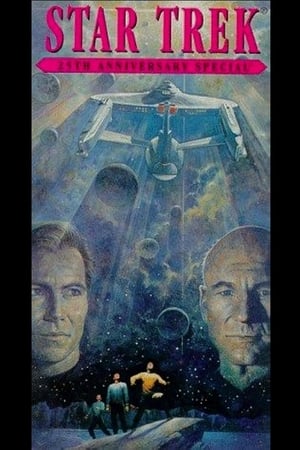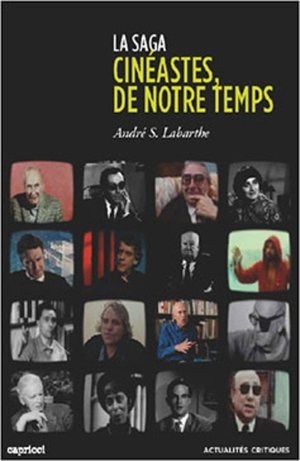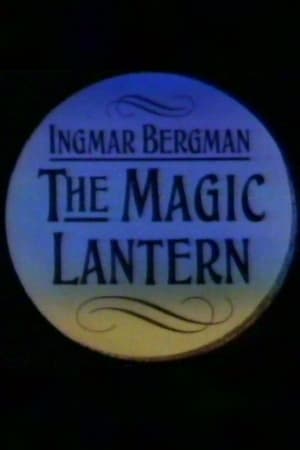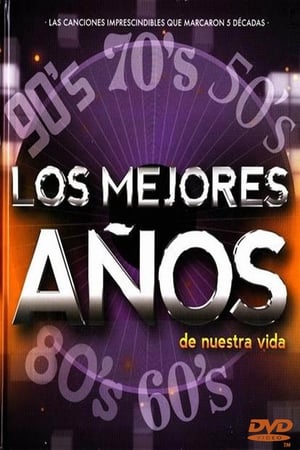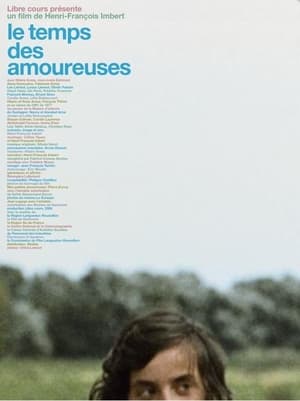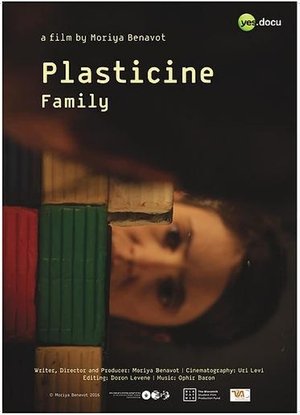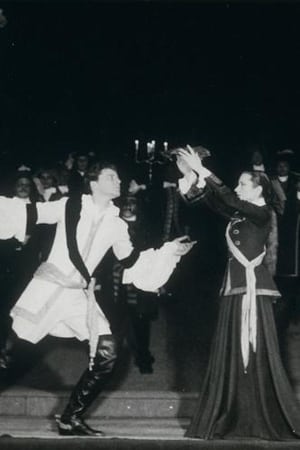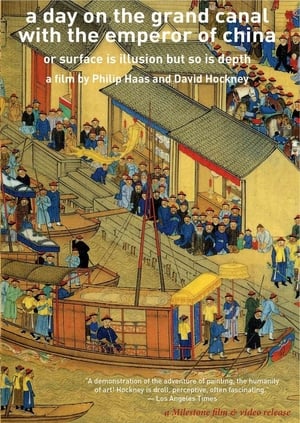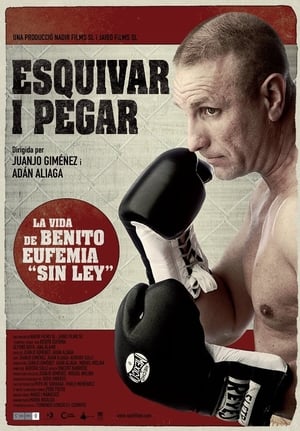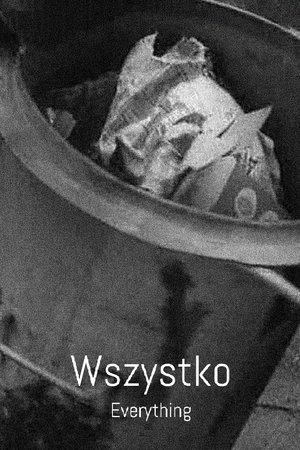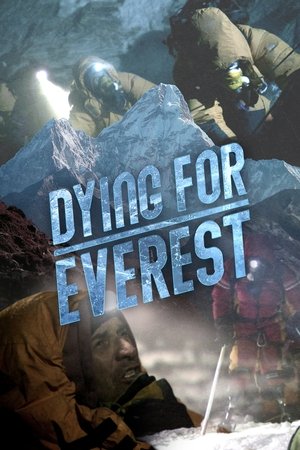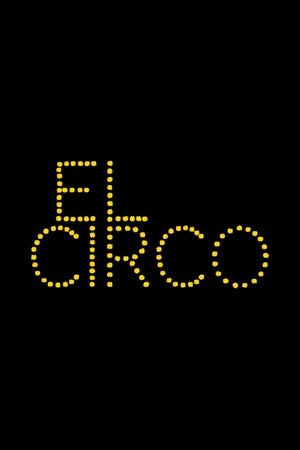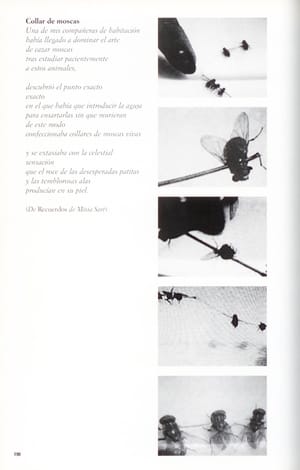Overview
Documentary about Bob and Kathy Burns, the goodwill ambassadors of science fiction film fandom.
Reviews
This is a documentary that gives us a peek into the lives of Bob Burns & his wife who have been collecting film props from Hollywood movies for decades which they displayed in their at home museum. Their deep love and respect for those movies is truly touching. Their dedication to preserving the set pieces & artifacts is an expression of devotion & dedication that few, if any, have ever matched. Sadly, Bob passed just a few days ago (2025 December 12 https://www.facebook.com/dale.anderson.790/posts/pfbid0E4x51piaPse4AfDLrg67Cf3R8VhgGCsqcNU1wDMU7tjUVNhdh2ykZKK7ACjg1ziql) casting grave fears about what will now happen to his collection. We can only hope that someone deserving, someone with the sale level of adoration will take up his archivist works. He will be missed and this documentary is a very touching way of remembering him.

 63 min
63 min
 8
8
 2012
2012
 US
US
 HaremCinema wrote:
HaremCinema wrote: